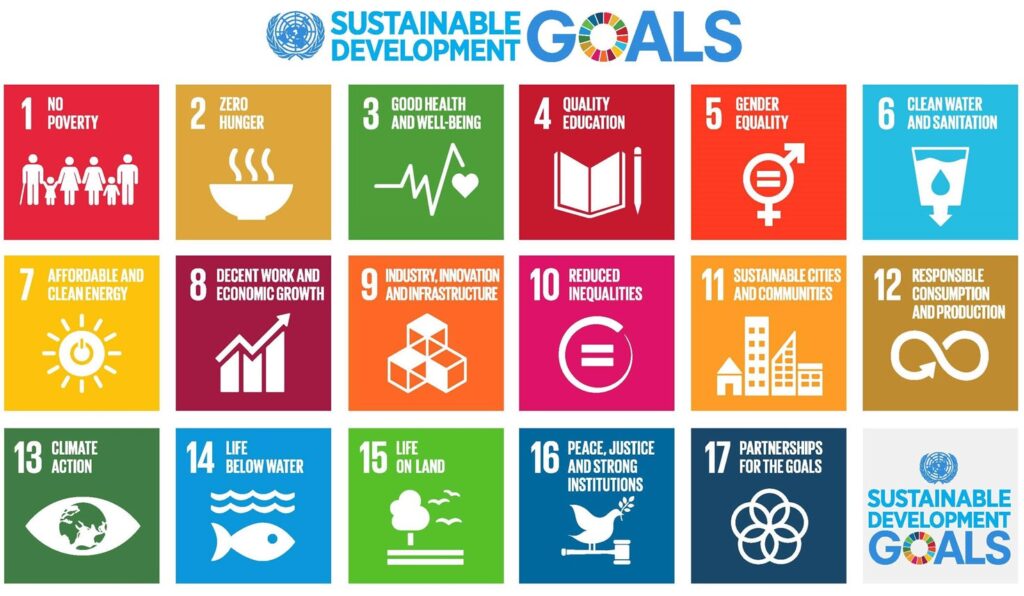In this section, we present a case study about the company ExxonMobil as a representative company of the energy industry by performing an end-to-end process for the ESG news related to ExxonMobil.
Firstly, we gathered the data needed for the analysis by developing crawlers that accumulate data into our datasets from alternative sources and company filing reports. As sources for the alternative data, we use Google RSS news feed, GDELT, and Yahoo Finance API. We collect specific news that is related to targeted ESG topics. We extract the news based on co-occurrence between the company we analyze and the topics we predefine (ex. Exxon climate change). We store the news title, content, date, and domain site with search query metadata. The company documents are gathered through the portal of the U.S. Securities and Exchange Commission (the “SEC”). For the filings, we store the whole document.
We continue filtering and preprocessing the news when we have all the data. In our batch streaming, we often encounter news that is irrelevant to our topics or company. Therefore, we filter the news by the frequency of appearances of our customized taxonomy words. Based on a predefined minimum word occurrence threshold, we classify the company news as ESG related or not. After filtering the news, we calculate the sentiment of the news by using a predefined Hugging Face pipeline, “sentiment-analysis.” The pipeline creates its embeddings, and afterward, leveraging the transformer architecture, it calculates a number between -1 and 1, indicating the sentiment(-1 is negative, 1 is positive). For our purposes, we define a threshold for the certainty of the sentiment, hence, for every value above 0.7, we classify the news as positive, and for every sentiment value below -0.7, we classify it as negative.
For a better insight into the results, we created several charts for the data collected between 05/01/2022 and 06/15/2022. Using the frequency of appearances of our taxonomy words, we mapped the values on the chart and colored them with their sentiment. The line indicates the number of times the term was found in the news content. The line’s color indicates the sentiment where red is negative and green is positive. We repeated this for the three ESG categories: environmental, social, and corporate governance.

In Figure 1, we observe that ExxonMobil has more news about negative community behavior than positive, which indicates that their social index will fall. On the other hand, they provide health care for their workers and are involved in positive human rights movements.
In the following bar plot, Figure 6, we observe the number of appearances of the term ESG in negative and positive news. The red bar indicates the number of occurrences of the word “ESG” in the week’s negative news related to ExxonMobil, starting with the date on the x-axis. The same applies to the green bar with the difference in sentiment.

Our following analysis involves Relation Extraction, which helps us extract meaningful connections between entities from unprocessed texts and use the relations to create a Knowledge Base. Using this method, we generate a Knowledge Graph from the text in Def 14A, a proxy document reported by ExxonMobil for 2022. The model has detected that, in their proxy statement (Def 14A), ExxonMobil specified that they are founders of an organization called Alliance to End Plastic Waste, the graph below.
To compare this graph with the news, we create a knowledge graph after crawling the web for news with the query “Exxon Alliance to end Plastic Waste”, the graph below. As we can see in the Figure, we detect a potential greenwashing. We find a connection between a parent organization American Chemistry Council connected with relation’ instance of’ with Lobbying.
To ensure our results, we continued our research by creating one more Knowledge Graph from the news results of the search query “American Chemistry Council Lobbying,” graph below. We find that the news that resulted in the relation between American Chemistry Council and Lobbying has a headline: “Oil-backed trade group is lobbying the Trump administration to push plastics across Africa.” With this, we can conclude that they are doing some kind of lobbying so they can proceed with using plastic products which is both violation of environmental issues and a corporate governance problem.


